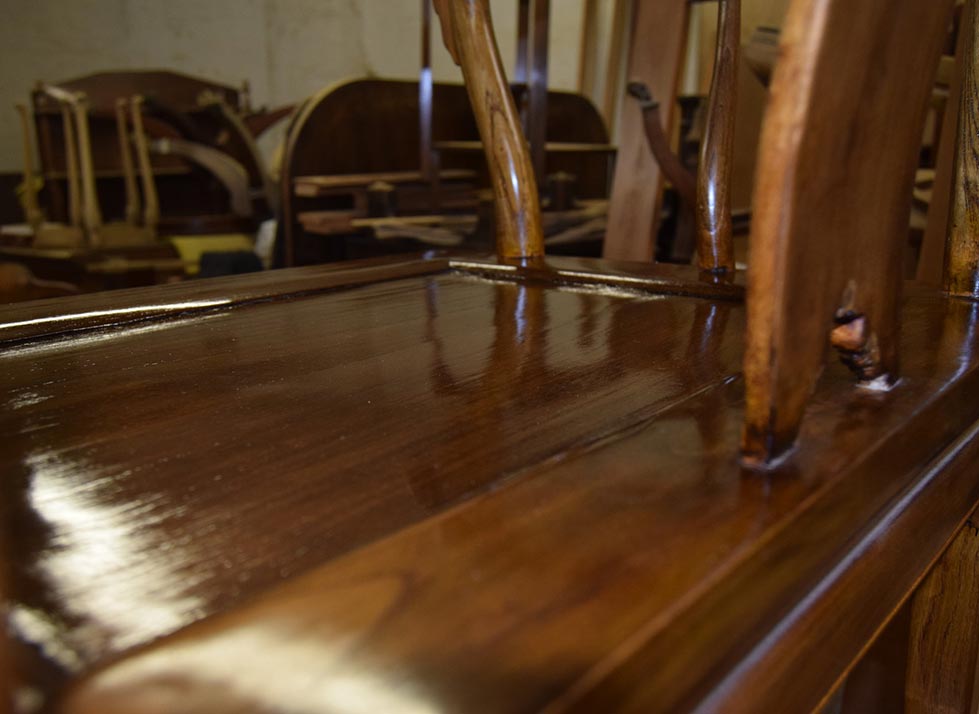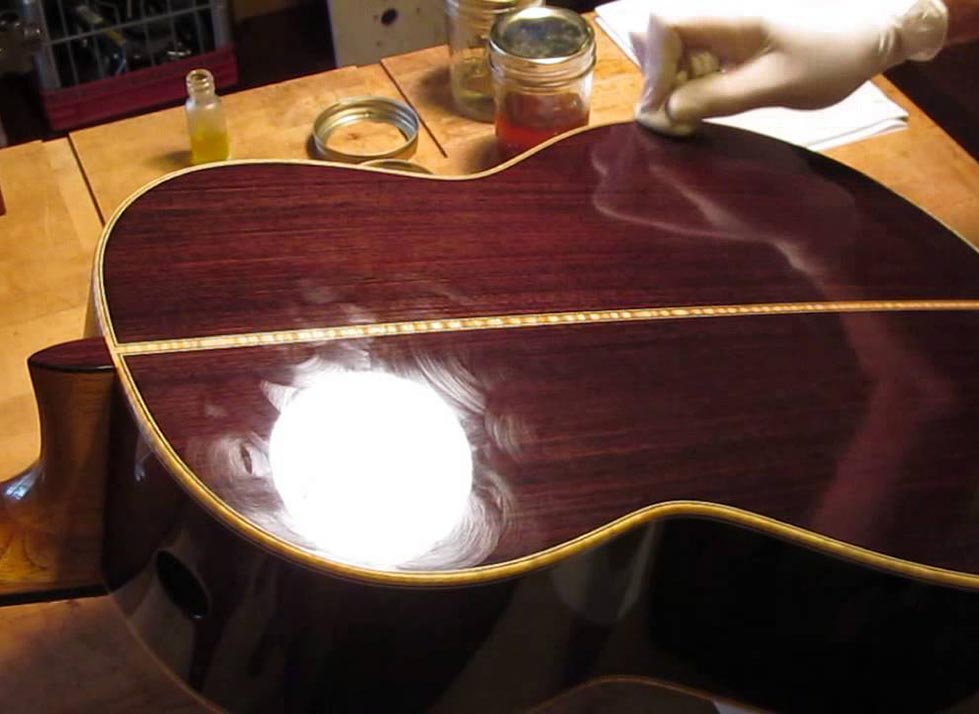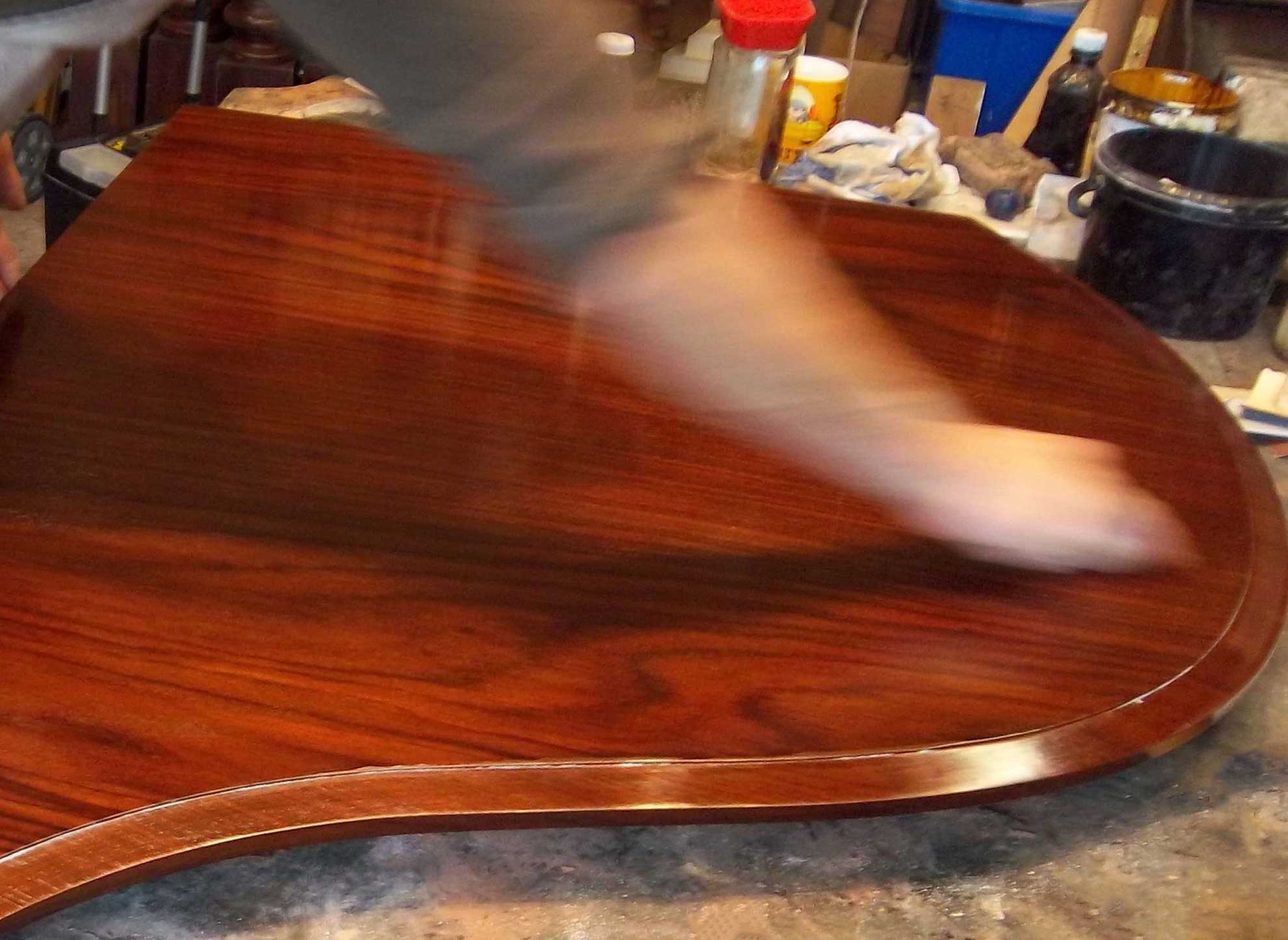Restore the elegance and class with our hand crafted art
FRENCH POLISHING is one of the most misunderstood finishing methods that is wrapped in a mantle of mystique and misinformation. It is nearly a lost art, and that is a pity as it is an extremely useful finish that is elegant and remarkably smooth. It is a very time consuming process of filling and rubbing with many coats of shellac is perfectly suited for finishing fine antiques and musical instruments.
A BRIEF HISTORY:
The first reference of shellac in Europe appears as early as 1590 in the writing of an English writer who was sent to India where he was introduced to shellac. Commenting on a procedure for applying lac to wood, he writes:
“They take a piece of Lac of what colour they will, and as they turn it when it commeth to his fashion they spread the Lac upon the whole piece of wood, about the thickness of a man’s nail. Then they burnish it over with a broad straw or dry Rushes so cunningly that all the wood is covered, and it shineth like glass, most pleasant to behold. In this sort they cover all kinde of household wood in India.”
Shellac, which is the core ingredient of French Polish is naturally formed from the excretion of the Lab Beetle (Laccifer Lacca). Shellac was confined to the Far East until traders introduced it to Europe in the 1700’s, It wasn’t until the 18th century that the use of shellac was adopted by the French. Who refined the technique of French Polishing.
Survival of an Art:
“French polishing” was the industry standard in Europe during the 18th and 19th centuries, but became pushed aside by the introduction of modern methods in the industrial revolution. Such as Lacquers and spray systems. These systems replaced the original French polish finish, as it was deemed to be unpractical for mass furniture production due to the labour intensive process of application. However the desire for antiques is not idle and neither is the need for them to be appropriately restored and so this special skill survives.



